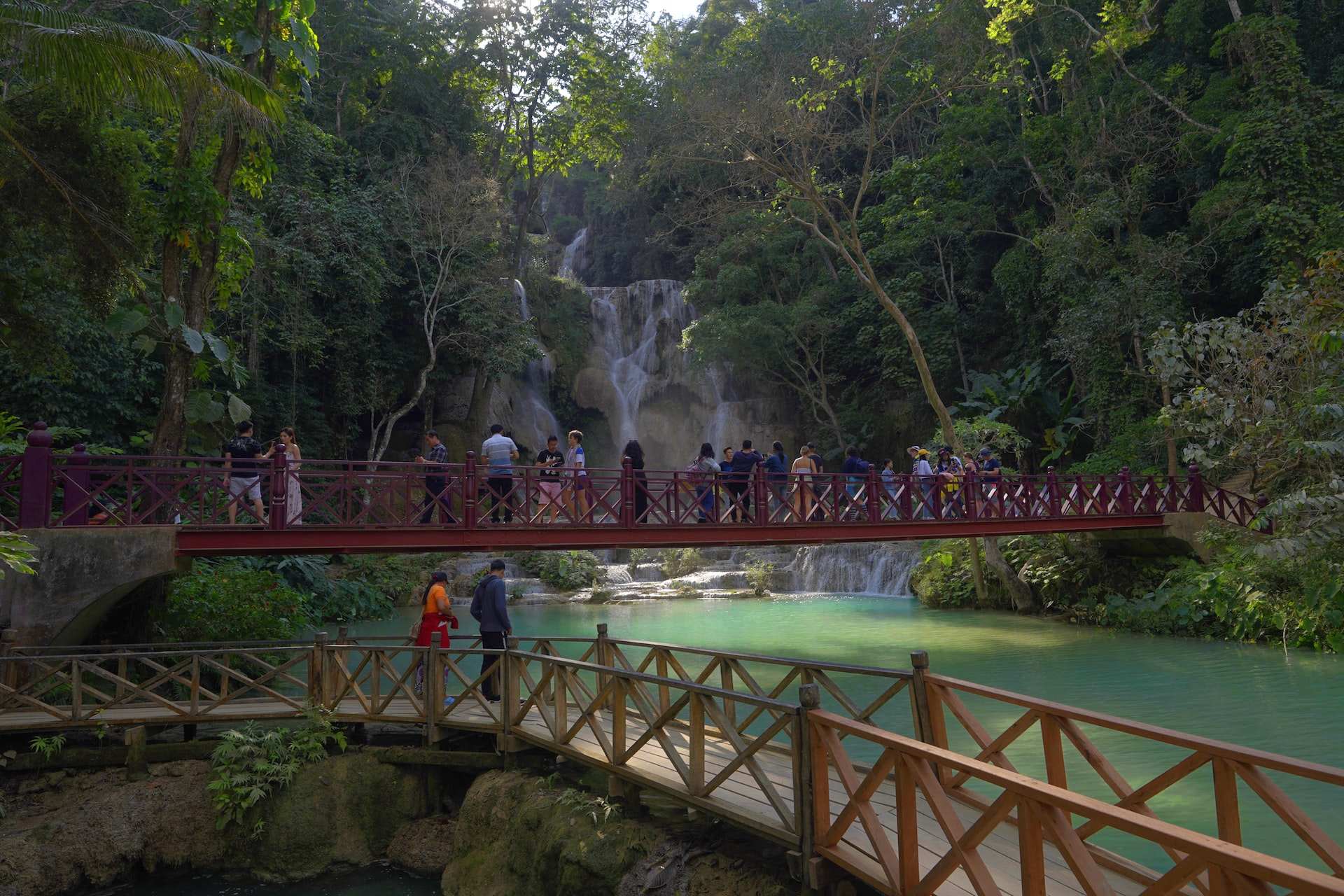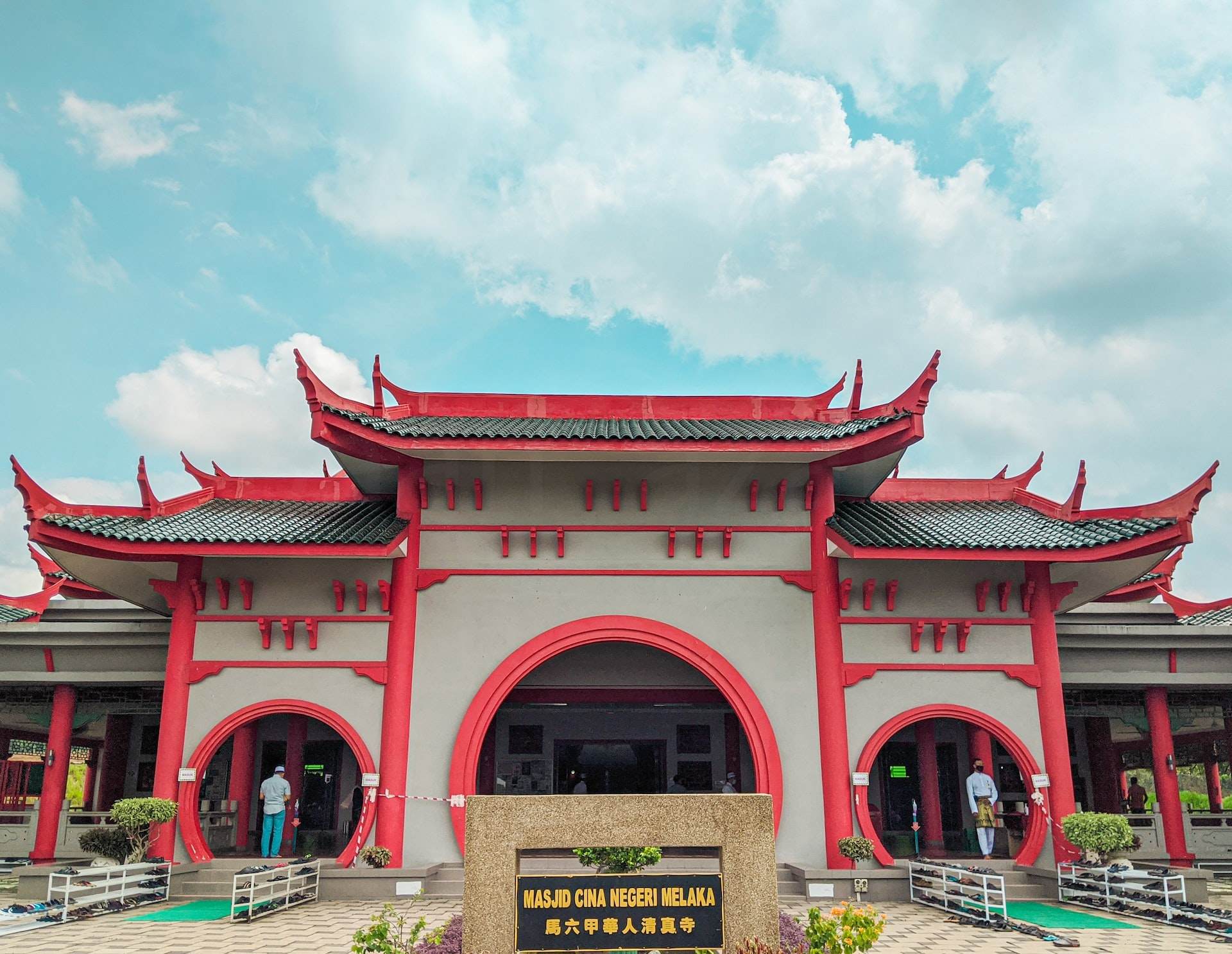Luxor neighborhoods are some of the most fascinating and historically rich areas in Egypt. From the bustling city center to the quieter, more residential areas, each neighborhood in Luxor has its own unique character and charm. In this article, we will explore some of the most popular neighborhoods in Luxor, highlighting their key features, attractions, and what makes them special.
West Bank
Located on the west bank of the Nile River, the West Bank is known for its ancient tombs, temples, and monuments. The most famous of these is the Valley of the Kings, where the tombs of Pharaohs such as Tutankhamun, Ramses II, and Seti I can be found. The area is also home to the Temple of Hatshepsut, the Mortuary Temple of Ramses III, and the Ramesseum. Visitors can also take a felucca ride on the Nile, or visit the Nubian village of Gurna for a glimpse of traditional Nubian life.
Luxor Temple
One of the most iconic landmarks in Luxor is the Luxor Temple, which is located in the city center. The temple was built in the 14th century BC and is dedicated to the god Amun. The temple features a grand entrance, a large courtyard, and a series of chapels and halls. Visitors can also see the remains of the temple’s original pylons, as well as the statues of Ramses II that once lined the temple’s facade.
Karnak Temple
Another famous temple in Luxor is the Karnak Temple, which is located on the east bank of the Nile. The temple is dedicated to the god Amun and was built over a period of more than 2000 years. The temple complex is made up of several temples, chapels, and other structures, including the Great Temple of Amun, the Temple of Ptah, and the Temple of Khonsu. Visitors can also see the famous Hypostyle Hall, which features 134 columns in total.
Colossi of Memnon
The Colossi of Memnon are two massive statues that were once part of the mortuary temple of Amenhotep III. The statues, which are made of sandstone, depict the Pharaoh Amenhotep III seated on a throne. They are located on the west bank of the Nile, near the modern village of Qurna. Visitors can also see the remains of the temple’s pylons and the mud-brick enclosure wall that once surrounded the temple.
Luxor Museum
For those interested in ancient Egyptian history and culture, the Luxor Museum is a must-see. The museum is located in the city center and features a wide range of artifacts from the area, including statues, reliefs, and hieroglyphs. Some of the highlights include a statue of Ramses II, a collection of amulets, and a replica of the tomb of Tutankhamun. Visitors can also see a number of artifacts from the temple of Luxor, including statues of the god Amun and the goddess Mut.
Luxor Night Market
For those looking for a more modern experience, the Luxor Night Market is a great place to explore. The market is located in the city center and features a wide range of goods, including clothing, jewelry, souvenirs, and traditional Egyptian items. Visitors can also find street food and drinks, and enjoy live music and entertainment.
There are many more neighborhoods in Luxor
Al-Karnak
Al-Karnak is a residential area located near the Karnak Temple. It’s a quiet neighborhood with many small shops and cafes. It’s also a great place to find traditional Egyptian handicrafts and souvenirs. Visitors can also find many small hotels and guesthouses in the area, making it a great option for budget-friendly accommodations.
Al-Gourna
Al-Gourna is a village located on the west bank of the Nile. It’s known for its traditional Nubian architecture and culture. Visitors can explore the village and see traditional Nubian houses, as well as visit local workshops where traditional crafts such as pottery and basket weaving are made. It’s also a great place to try traditional Nubian food and learn about the culture and history of the Nubian people.
Al-Qurna
Al-Qurna is another village located on the west bank of the Nile. It’s known for its ancient tombs and temples, including the tombs of the Nobles and the Temple of Seti I. Visitors can also find many small hotels and guesthouses in the area, as well as traditional workshops where traditional crafts such as pottery and basket weaving are made.
Al-Rifai
Al-Rifai is a residential area located near the city center. It’s a relatively quiet neighborhood with many small shops, cafes, and restaurants. Visitors can also find many small hotels and guesthouses in the area, making it a great option for budget-friendly accommodations.
In conclusion, Luxor is a city that offers a variety of neighborhoods each with its unique character and charm. From the ancient temples and tombs of the West Bank to the bustling city center and the quiet residential areas, there is something for everyone in Luxor. Whether you’re interested in history and culture, or just looking for a relaxing vacation, Luxor has something to offer.



